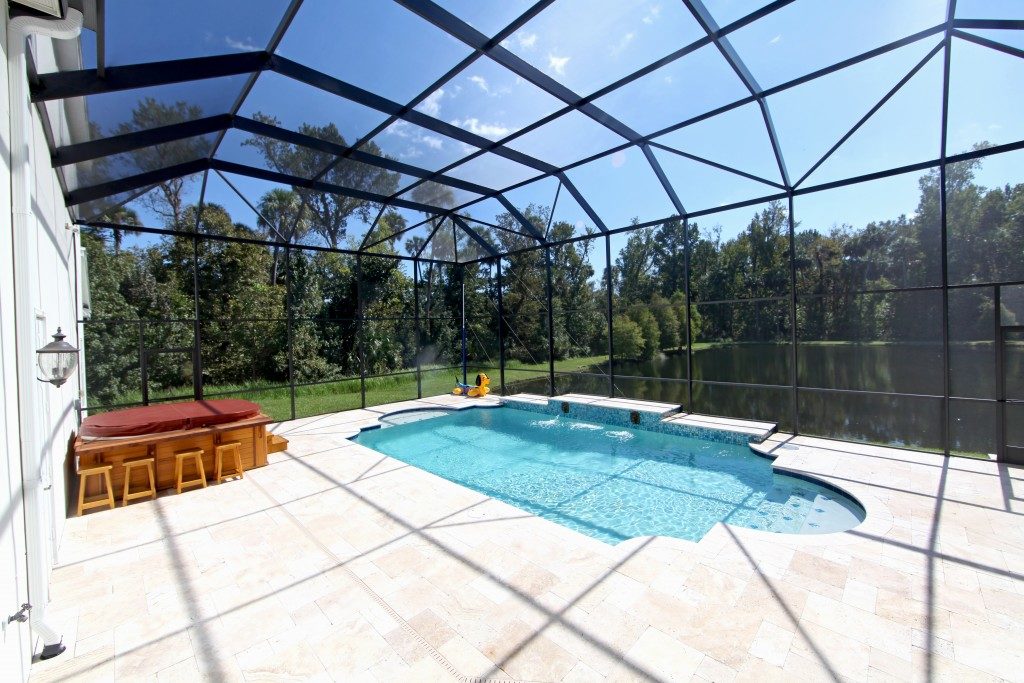Chances are you’ve decided to have a deck built for your home or perhaps even your business establishment. Decks are a good option for extending one’s living (or commercial) space and could provide more value and aesthetic appeal to your house or building. Planning and designing one’s deck could be an arduous task; it has to be safe and functional, as well as be able to blend well with the house or building’s style.
Considering the Materials
But just as important as designing and planning is choosing the right material for your deck. Your decking material should be sturdy to accommodate the weight of people and furniture that will be on it. It should also be aesthetically complementary to your home or building (and not stick out like a sore thumb). You should also consider the cost of materials and make sure they fit your budget without compromising on safety and style.
Before you start your DIY deck building project or contact your local deck builders in Ottawa, here are the common decking materials you should consider:
Natural Wood

There are many types of wood, each with their own durability, resistance, and style. But we’ll be tackling wood decking materials as a group, as they still share common strengths, weaknesses, and features. Wood is the classic decking material which gives an inviting, cozy, and rustic look to your deck. Wood decking could be expensive or cheap depending on the type of wood you’d use, but they’re generally seen as the cheapest choice among decking materials.
However, wood could warp, break, discolor, and suffer from insect damage if not properly sealed and maintained. As such, wooden decks require waterproofing and protective sealing, regular cleaning, and regularly require repairs for loose screws or broken boards.
Composite Decking
Composite decking is made from a mixture of recycled plastic and wood fibers, making it lightweight and eco-friendly. Composite panels are stained to look like wood, but are easier to clean and maintain, and don’t suffer the same weakness of natural wooden decks, such as rotting, warping, and insect damage.
Composite decking is usually less resistant to slipping, staining, and mildew, but there are companies that offer anti-slip composite materials. Composite decks may also be more expensive than wood at first, but since they last longer than wood and requires less maintenance, they may be the more economic option.
Aluminum
Aluminum decking provides a more modern and sleek design, and they’re more durable and resistant than composite and wooden decking materials. However, aluminum does look a lot plainer than the other materials and would be difficult to incorporate into a wooden or traditional-looking house. It would work better with concrete and contemporary designs. Additionally, aluminum is perhaps the most expensive option among the three decking materials, but it requires the least maintenance and could last the longest.
Your deck’s durability and style depends heavily on its material and not just the design. That said, it’s important to know the different types of materials you can use for your deck. Although deck-building could be an enjoyable DIY project, you could always hire deck builders for your home. Professionals can advise on the best deck material and design suited for your home and they will handle the installation job for you.

